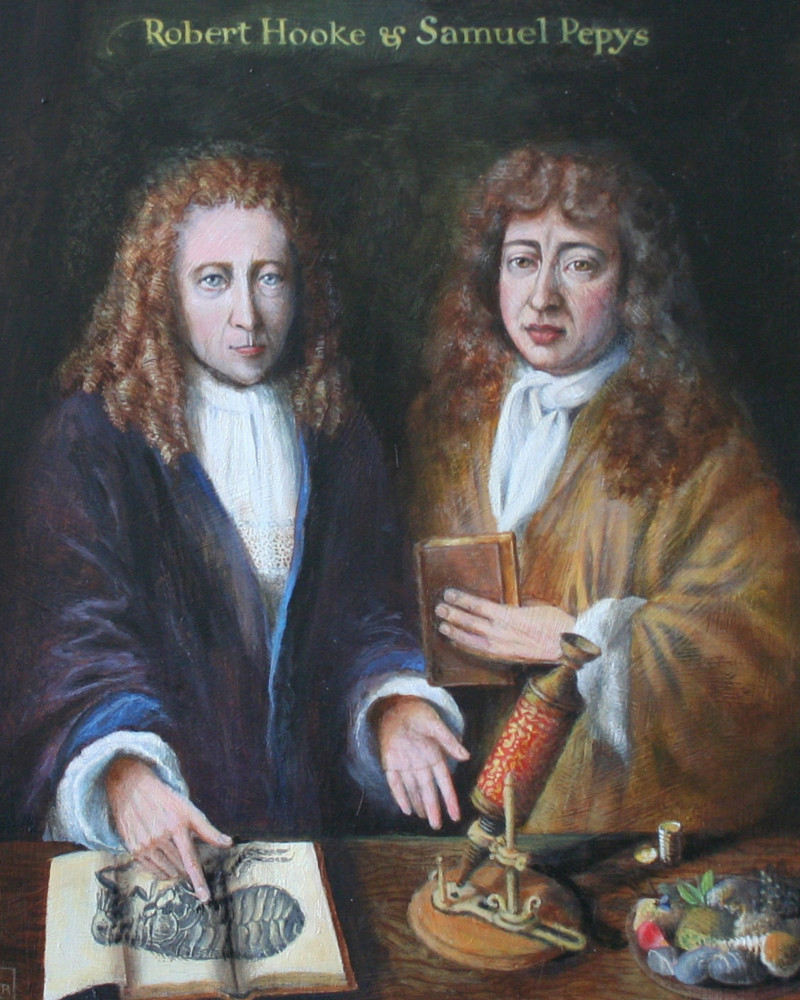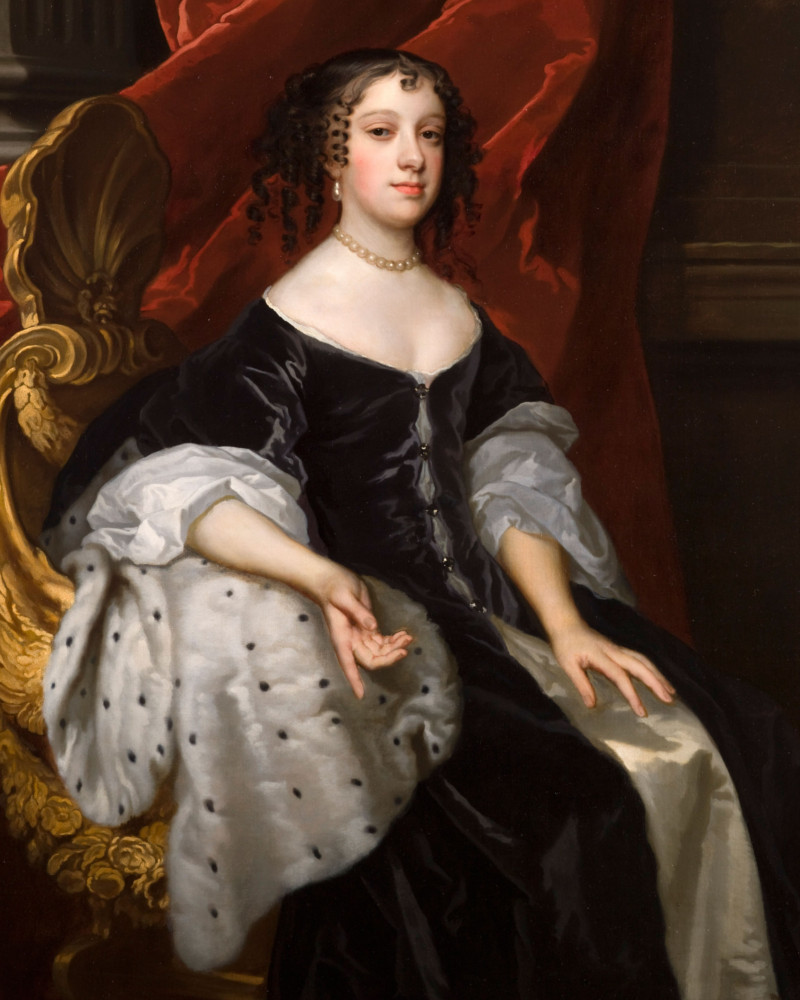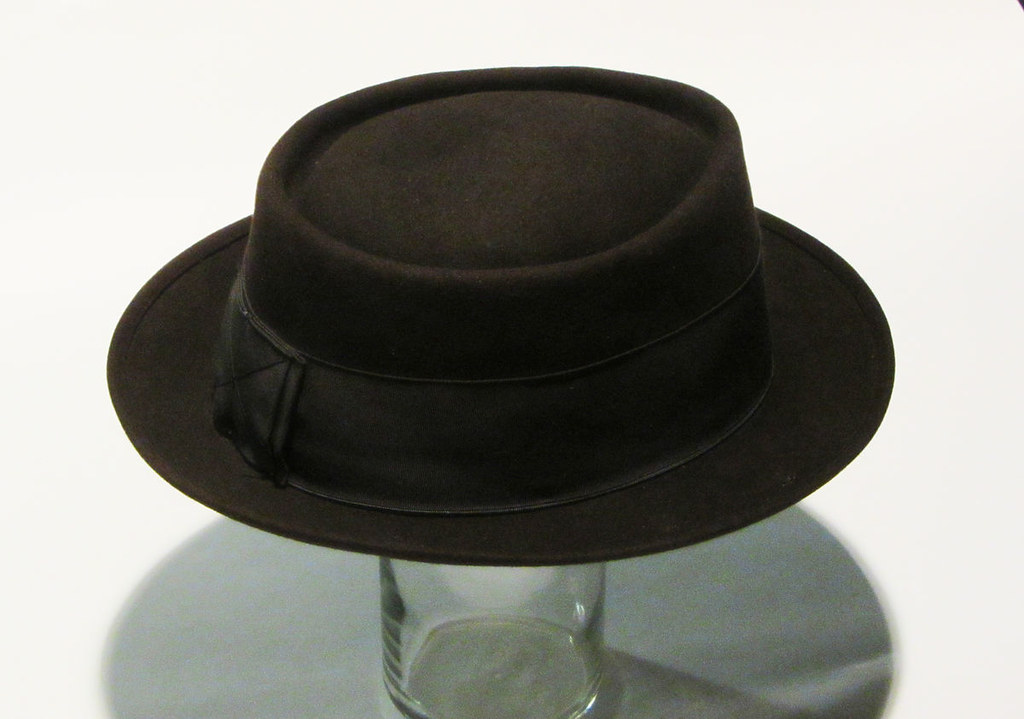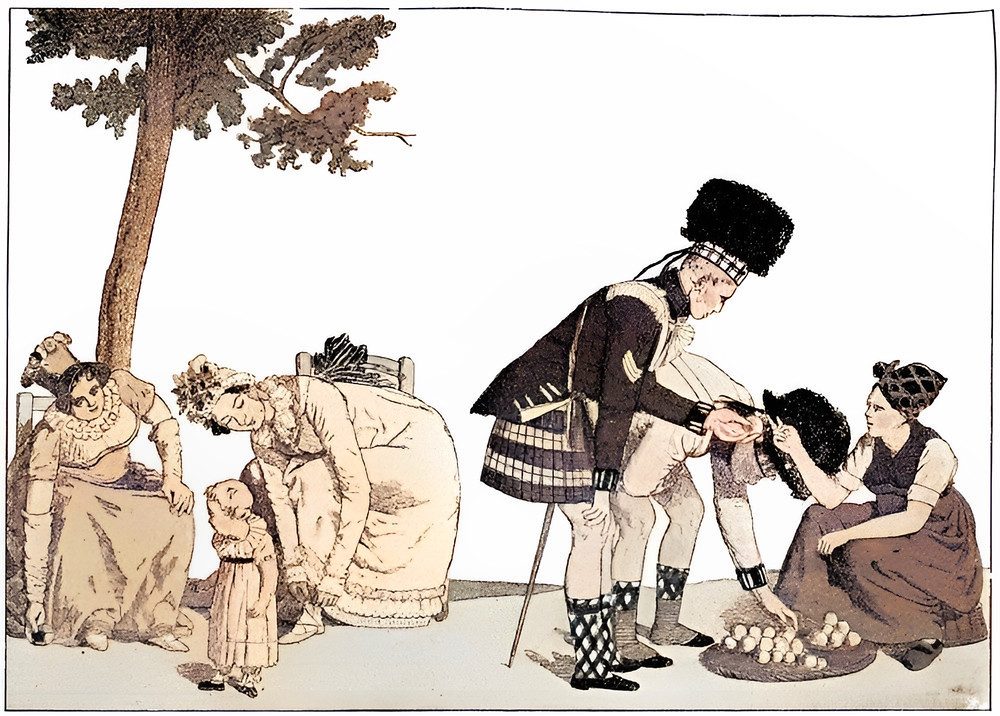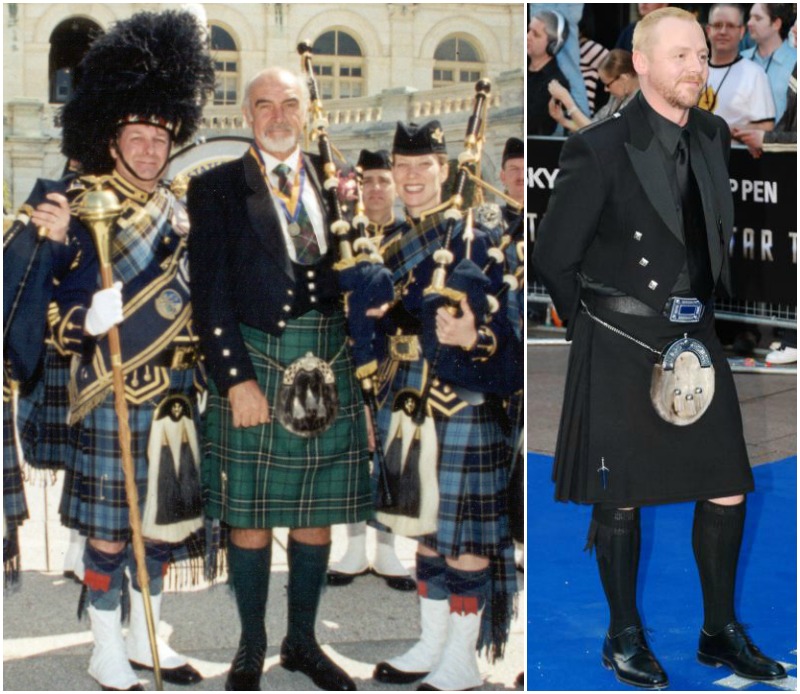Doomsday is approaching for many rural English churches.
The Church of England has warned that dozens of churches will become redundant within 10 years unless it can attract new members.
continue reading …
Fortunately, there are government bodies such as “Historic England” that are tasked with protecting the historical environment of England by preserving and listing historic buildings and ancient monuments.
Instead of simply being demolished or left to ruin, many redundant churches that aren’t protected by Historic England find new uses as community centres, museums, or even homes.
Accounting for about 2% of English building stock and amounting to about 500,000 across the United Kingdom, “listed buildings” are those are on the Statutory List of Buildings of Special Architectural or Historic Interest.
There are three types of listed status for buildings in England and Wales:
Grade I: buildings of exceptional interest.
Grade II*: particularly important buildings of more than special interest.
Grade II: buildings that are of special interest, warranting every effort to preserve them.
Most of the beautiful churches in our selection are Grade I listed buildings chosen from several counties across England.
For added atmosphere, consider playing the British patriotic hymn “I Vow to Thee, My Country”, a poem by Sir Cecil Spring Rice set to music by Gustav Holst.
Bedfordshire
Dating from the 12th century and made of coursed limestone rubble with ashlar dressings, the Church of All Saints, Riseley is designated a Grade I listed building.
Paired belfry windows, embattled parapets, crocketed pinnacles, and gargoyles give the 15th-century tower a classic gothic appearance.
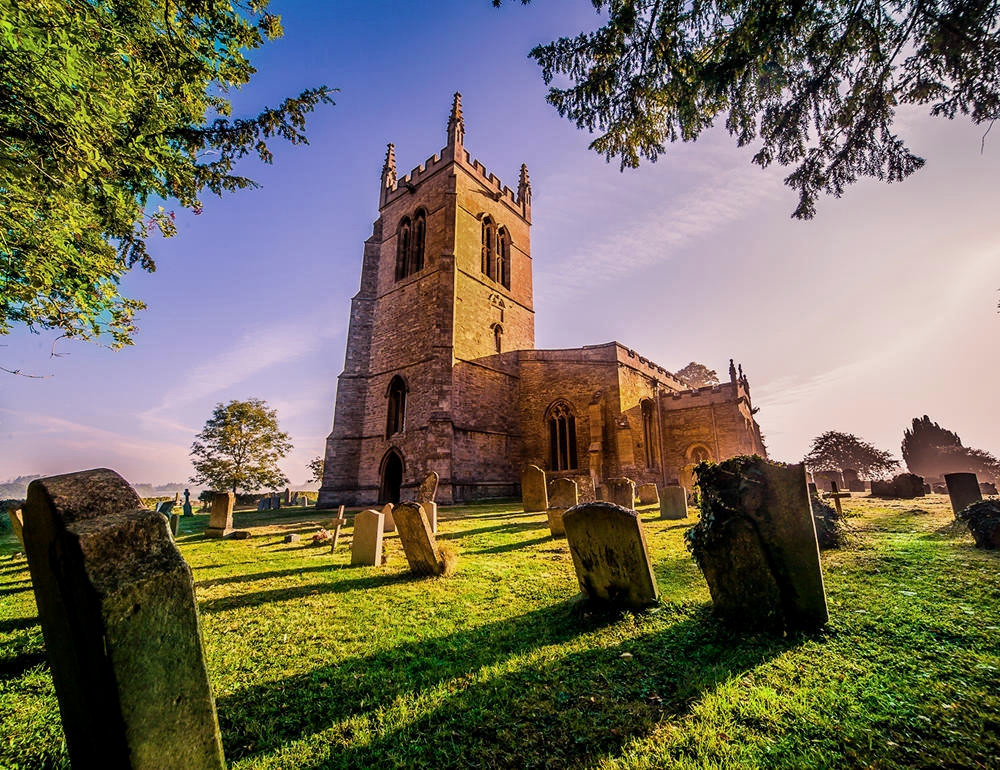
Mostly 13th-century with various later details and reworkings, the Church of St Mary the Virgin at Salford is constructed of coursed rubble, a mixture of limestone and ironstone, and ashlar dressings.
Replacing an earlier tower, the gable of this Grade I-listed building is surmounted by a distinctive 19th-century bell-cote of heavy timbers topped with a spirelet.

Cheshire
English architectural historian, writer and TV broadcaster, Alec Clifton-Taylor includes St Mary and All Saints Church in Great Budworth in his list of ‘best’ English parish churches.
Mostly of the English Gothic style, with the older north transept of Decorated Gothic, a reference to a priest in Great Budworth dates back to the 11th century.
The oldest part of the present Grade I-listed church is the 14th-century Lady Chapel—a traditional British term for a chapel dedicated to “Our Lady”, the Blessed Virgin Mary.

Originally built during the reign of Edward III in the 14th century, St Lawrence’s Church in Over Peover was later rebuilt in brick in the 18th and 19th centuries.
Round windows and arched bell-windows with pilasters characterize the tower’s three stages, whereas the south chapel has two bays, three buttresses surmounted by gargoyles, and a battlemented parapet.
During the Second World War, General George Patton and his staff worshipped in the church while stationed in the village at Peover Hall.

Cornwall
Known as the Cathedral of the Moor, the Church of St Nonna is the second largest church on Bodmin Moor in Cornwall.
Stood in the village of Alternun, meaning “altar of Nonn”, the Grade I-listed church is dedicated to Saint Non (or Nonna), who was the mother of St David, the patron saint of Wales.
Largely 15th-century English Gothic in style, it is known for its fine Norman font and fine old woodwork dating to 1684.

Of Norman origin with 15th-century additions, the Grade I-listed St Clarus’s Church at St Cleer is constructed of granite rubble with a slate roof and crested ridge tiles over the nave and chancel.
Saint Clarus was an Englishman who traveled to Cornwall to preach to local inhabitants in the 8th century.
Founding the church of St Cleer, he lived a saintly life until a local chieftainess fell in love with him.
Although he fled to France to escape her advances and continue an isolated saintly life, the spurned woman had him pursued and murdered.

Cumbria
Although dating from about 1500 in its present form, the materials from earlier churches have been incorporated into the Grade I-listed St. Andrew’s Church at Sedbergh.
Constructed in rubble stone with sandstone quoins and dressings, the three-stage tower features an embattled parapet with pinnacles at each corner.
The churchyard is said to contain a yew tree under which English Dissenter George Fox preached the Christain awakening from which came the Quaker movement.
Poet, American loyalist, and Anglican missionary to colonial South Carolina, Revd. Charles Woodmason is said to be buried here in an unmarked grave.

Constructed of rubble stone with a slate roof, the Grade I-listed St Michael and All Angels Church at Hawkshead was first established in the 12th century and extended in about 1300.
The tower features a doorway on the west side, with a two-light window above, a small window and a clock face on the south side, louvred bell openings with straight heads, and an embattled parapet with corner pinnacles.

Derbyshire
Dating from the 14th century and having a heritage designation of “Grade II*”, St Mary the Virgin’s Church at Newton Solney was restored between 1880 and 1882.
Recessed behind battlements atop the tower having narrow slit bell-openings on three sides, the octagonal stone spire features tall gabled lucarnes.
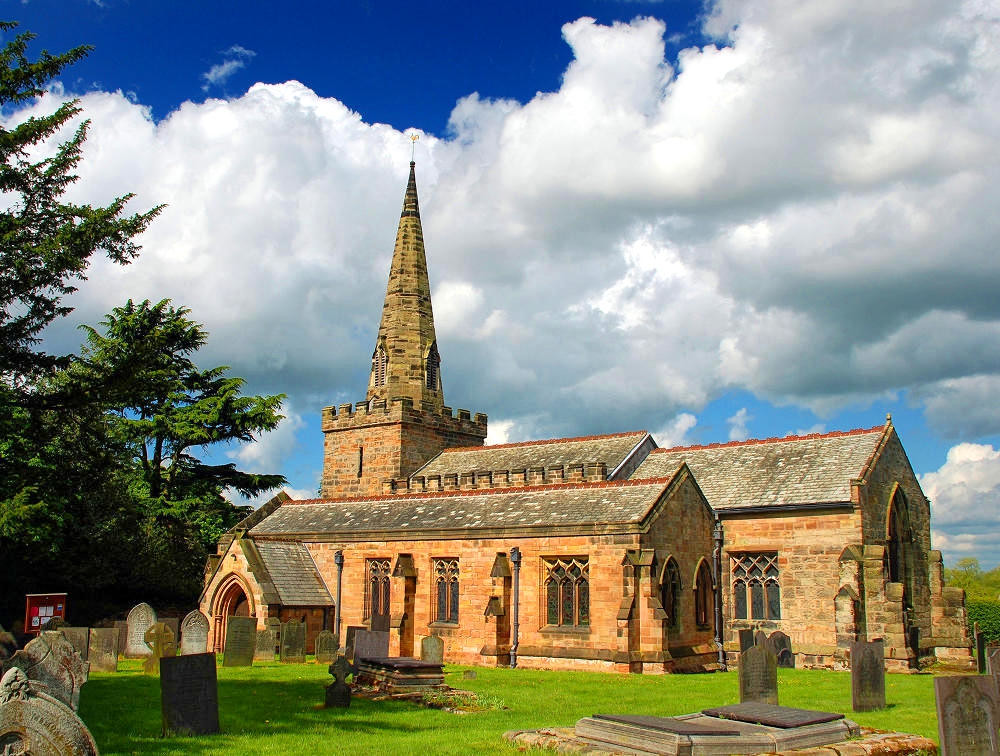
Mostly 14th- and 15-century, but dating from the 11th century, St Michael’s Church at Breaston is a Grade I listed parish church.
Some restoration work was completed in 1871 by noted English architect Robert Evans, with pews and choir stalls replaced, flooring and tiling work to aisles and re-leaded roof.

Devon
Known as the Cathedral of the Moor due to its 120-ft tower and large seating capacity for such a small village, the Church of Saint Pancras was originally built in the 14th century in late gothic style.
Proceeds from the local tin-mining industry paid for several extensions over the years.

Legend has it that St Brannock’s Church in Braunton was founded by Saint Brannock in the 6th-century who was told in a dream to look for “a sow and piglets” and that should be the site to build a church.
Designated Grade I, the present church dates from the 13th century and has been described by historian Sir Nikolaus Pevsner as “one of the most interesting, and also one of the most puzzling in North Devon”.

Dorset
Described as “one of the most exciting parish churches in the county”, St Mary’s in Puddletown’s has 12th-century origins—parts of the tower date from 1180–1200, and the 12th-century font has a notable tapering beaker shape, with diapering depicting crossing stems and Acanthus leaves.
Puddletown village provided the inspiration for the fictional settlement of Weatherbury in his novel Far from the Madding Crowd.
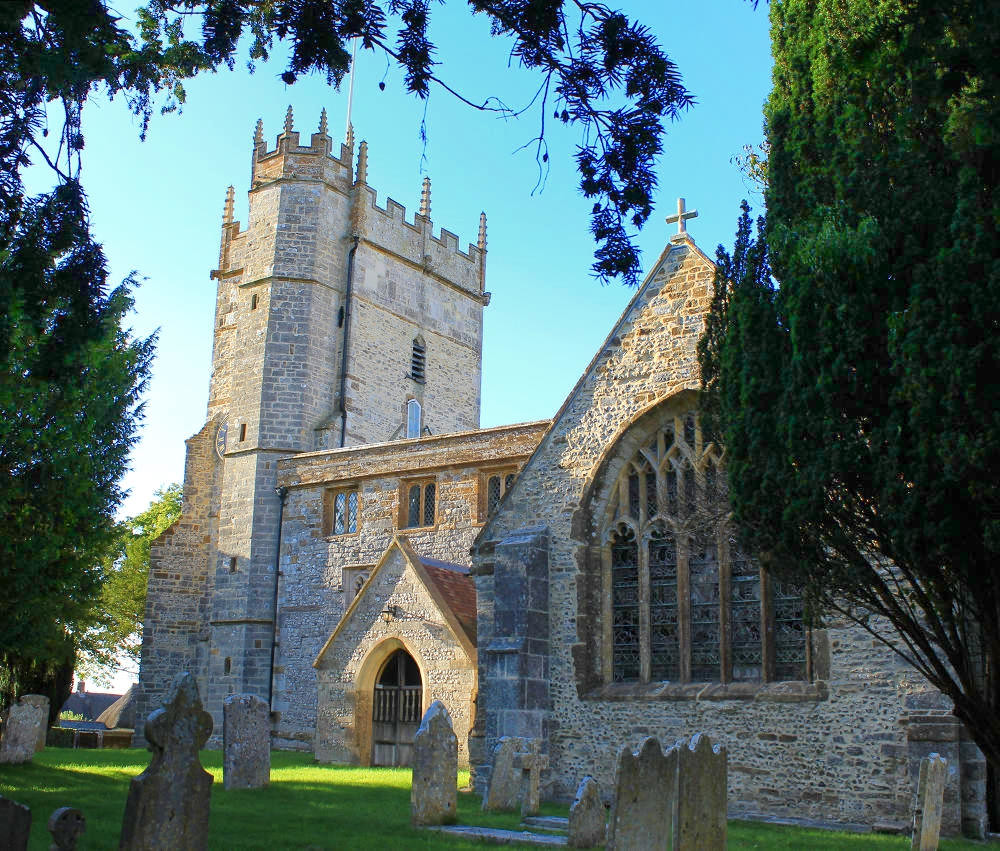
Named after the statue of St Michael which still exists from the earliest structure in Norman times, this was Thomas Hardy’s local church and where he was baptised.
Stinsford is the original ‘Mellstock’ of Hardy’s novels Under the Greenwood Tree and Jude the Obscure.
Hardy truly left his heart in Stinsford, which is buried alongside the graves of his first and second wives.

Essex
Standing for nearly 1,200 years in the little village of Greensted-juxta-Ongar in Essex, Greensted Church is the oldest wooden church in the world.
Dated to the mid-9th century, the oak walls are often classified as remnants of a palisade church or a kind of early stave church.

All Saints Church at Rickling is a 13th-century flint church known for its intricate screen and pulpit and designated as a Grade I listed building.
The chancel, south aisle, and west tower were built in 1340 and later alterations made in the 15th, 16th, and 19th centuries.

Gloucestershire
Chipping Campden’s medieval gothic church of St James’s features extravagant monuments to local wealthy wool merchants hoping to ensure a place in heaven thanks to their largesse.
Standing 120 ft tall, the tower dates from around 1500.
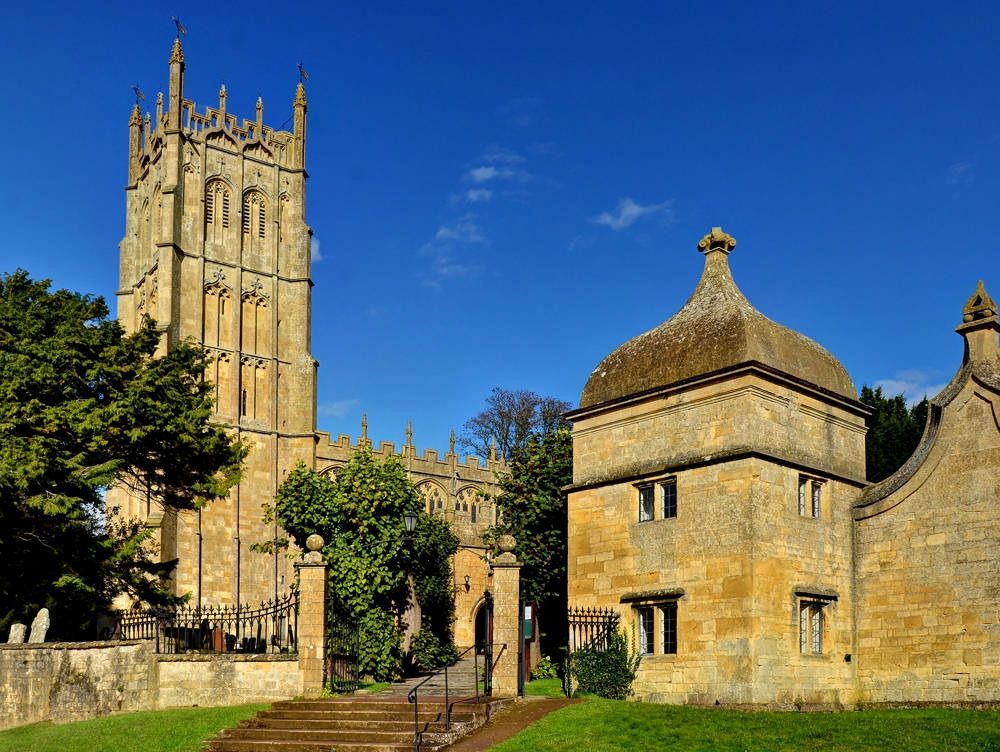
With a nave thought to be from Saxon times, a 12th-century chancel and 16th-century tower, St Michael’s Church in the Cotswold village of Duntisbourne Rouse is designated Grade I for exceptional interest and international importance.

Still visible on the south wall of St Michael and All Angels parish church in Stanton is evidence of stone benches for the old and infirm, dating from when most of the congregation stood during the parts of the service that did not require kneeling.
Featuring columns from about 1200, early English Gothic pointed arches, and 15th-century font, porch and parvise, the church is designated Grade I.
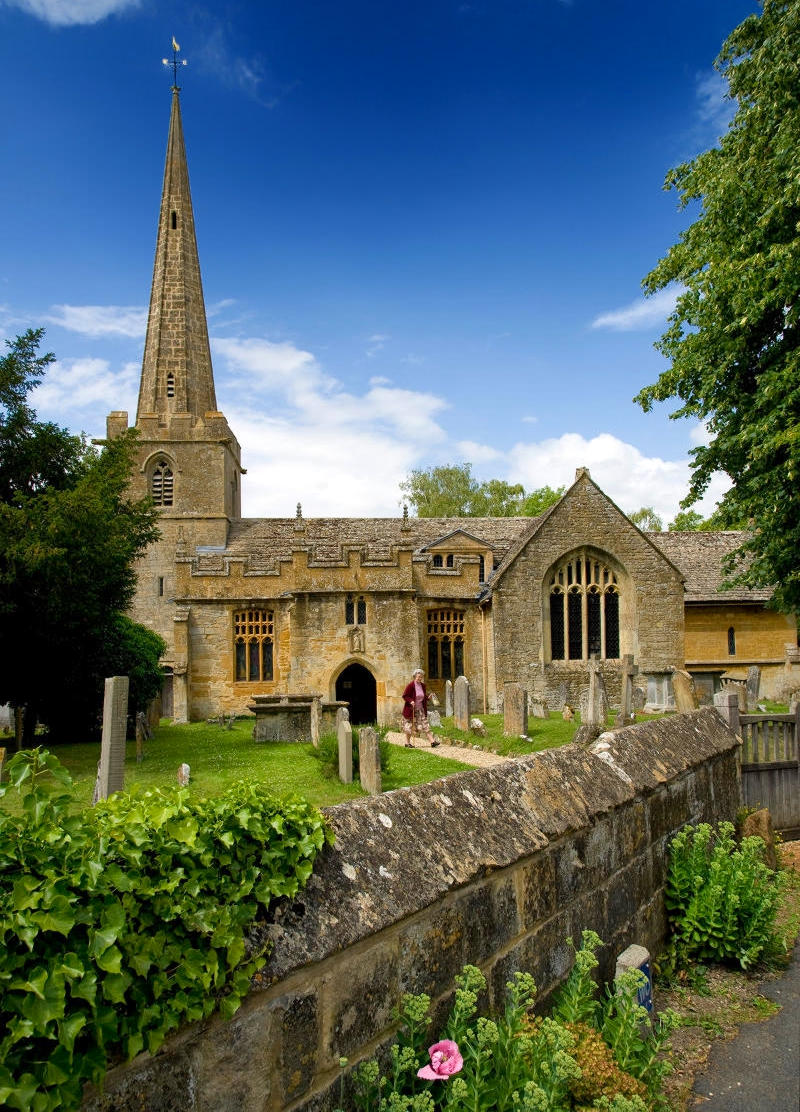
Hampshire
Notable for its variety of architecture, the Church of St Lawrence in Alton, was also the site for the concluding action of one of the most savage encounters of the English Civil War (1642 – 1651).
Designated a Grade I listed building, repeated additions and extensions down the centuries have resulted in an amalgam of architectural styles, ranging from early Norman and early English to Perpendicular and Tudor.

Dating from the 12th century, Binsted’s Holy Cross parish church consists of stone walls, a tiled roof, and stone-slated porch and is designated Grade I.
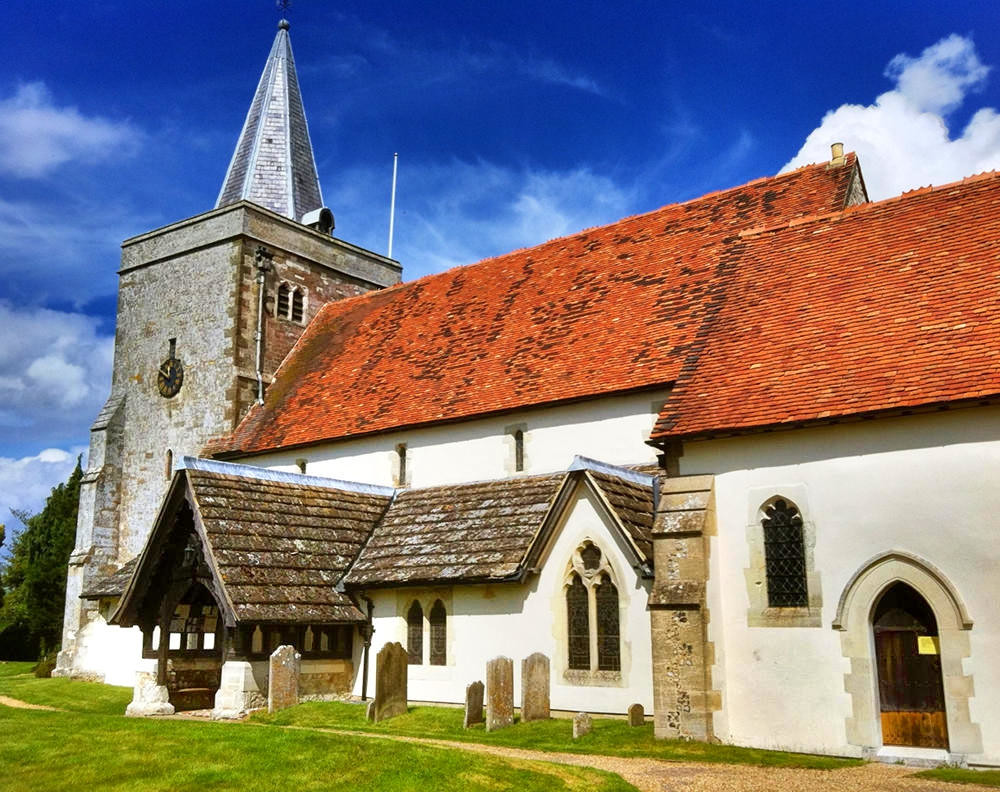
Recorded in the Domesday Book under the name Cilbodentune, the parish church of St Mary the Less at Chilbolton in Hampshire dates back to the 12th century, on the site of an earlier wooden church.

St Mary’s Church at Breamore is noted for its Anglos-Saxon rood—the large crucifix above the entrance to the chancel of a medieval church.

Lancashire
Protected as Scheduled Monuments, three well-preserved Anglo-Saxon crosses in the churchyard are evidence of a church existing on the site from before the Norman Conquest of England.
Dating from the 13th century and designated Grade I by English Heritage, the current Church of St Mary and All Saints in Whalley was constructed from sandstone rubble with a stone slate roof.

Monks from Fountains Abbey had the Church of St Mary le Ghyll in Barnoldswick built in about 1160 to replace an older church on the same site.
Designated as Grade I, the stone and slate-roofed structure has a tower with diagonal buttresses and a stair turret.
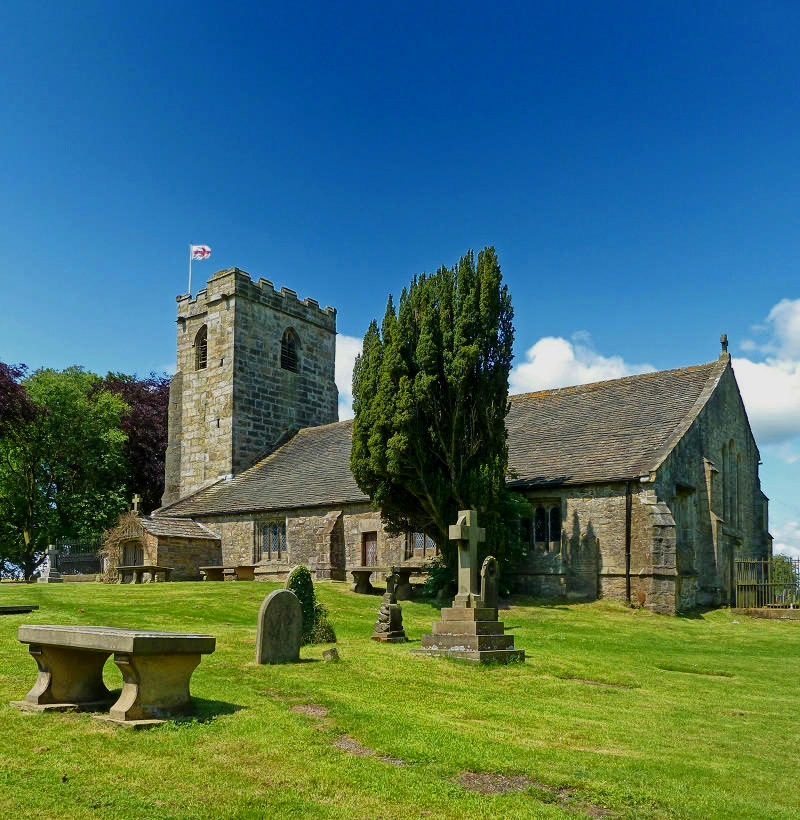
Lincolnshire
Built on a hillside overlooking the Vale of Belvoir, the Church of All Saints at Barrowby suffered damage to stained glass windows and its rood screen during Henry VIII’s suppression of the monasteries.
Constructed from limestone ashlar and ironstone with a Westmorland and Welsh slate roof, its tower is of Decorated style with six bells and an octagonal spire containing two tiers of lucarnes.
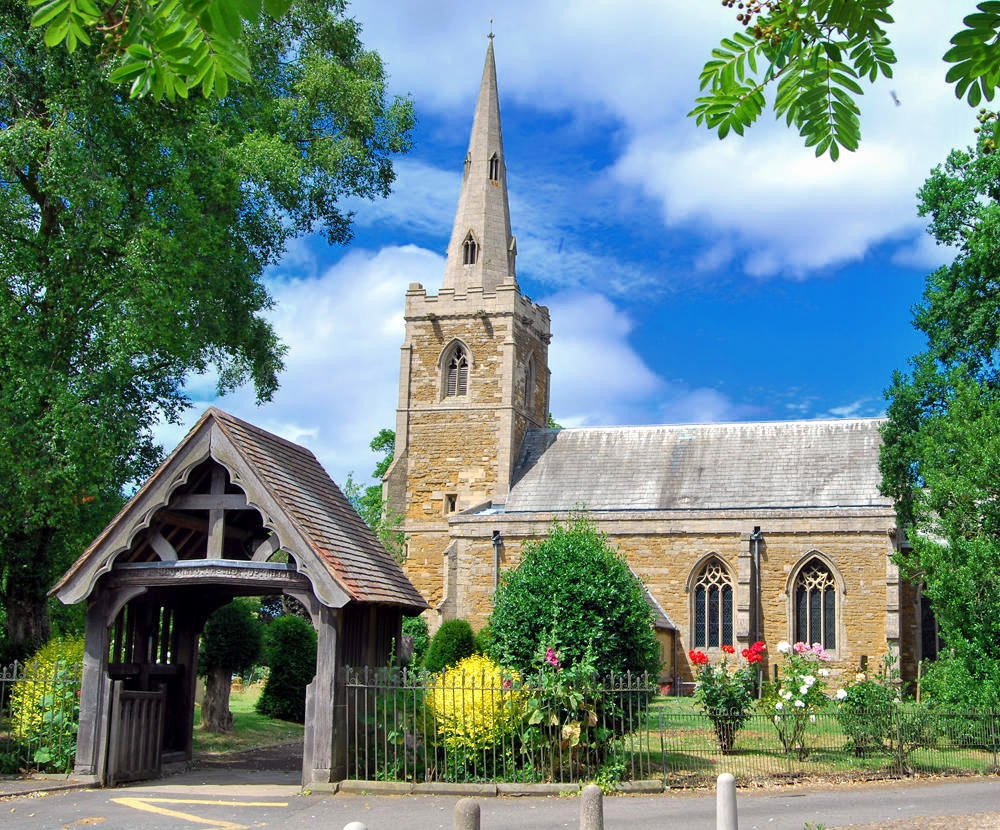
Greatford’s church dedicated to St Thomas Becket of Canterbury is built in the Early English style, and is Grade I listed.

Norfolk
Dominating the Market Place and surrounding area, the 98 ft tower of St Michael and All Angels parish church has a small spire on top that can be seen for miles around.
A fine example of Gothic architecture of the Decorated style, the nave, aisles, and chancel were built in the 13th century with the tower added in the 14th.

One of 125 existing round-tower churches in Norfolk, St Mary’s Church at Burnham Deepdale houses a Norman font.

Northamptonshire
Dating from about 1300, the Grade I Church of St Nicholas in Stanford-on-Avon is built from squared coursed limestone, lias and granite with ashlar dressings and slate roof.
It contains the oldest metal organ pipes surviving in Britain.

Built from ashlar, coursed limestone rubble and ironstone, the Church of St Edmund at Warkton has 12th-century origins with the tower added in the 15th century.
The 4-stage tower has plinth clasping buttresses, a quatrefoil frieze with gargoyles, and castellated parapet with corner pinnacles.

Staffordshire
Containing the tombs of four Bishops of Lichfield, the 13th-century Holy Trinity church in Eccleshall is Grade I listed.
Showing two phases of English Gotic architecture, the tower is 13th-century Early English for most of its height, with the upper section of 15th-century Perpendicular style.

A church has stood on the site of All Saints’ parish church in Alrewas since at least 822AD, although construction of the current Grade I-listed structure was mainly from the 13th, 14th, 16th, and 19th centuries.
Believed to be made of timber, the original building was from a time when Alrewas was a flourishing settlement owned by Ælfgar, Earl of Mercia.
Replacing the simple wooden church with one of local stone, parts of the later Norman structure are still visible in the tower doorway, the north aisle door and the heavy rough hewn pieces of masonry in the north wall.

Suffolk
Considered to be one of Suffolk’s finest churches, the parish church of Southwold is dedicated to St Edmund and renowned for its East Anglian flushwork, especially that of the tower.
Narrowly missed by a German bomb during World War II, the explosion destroyed nearby houses blew out most of the churches 15th-century stained glass windows.
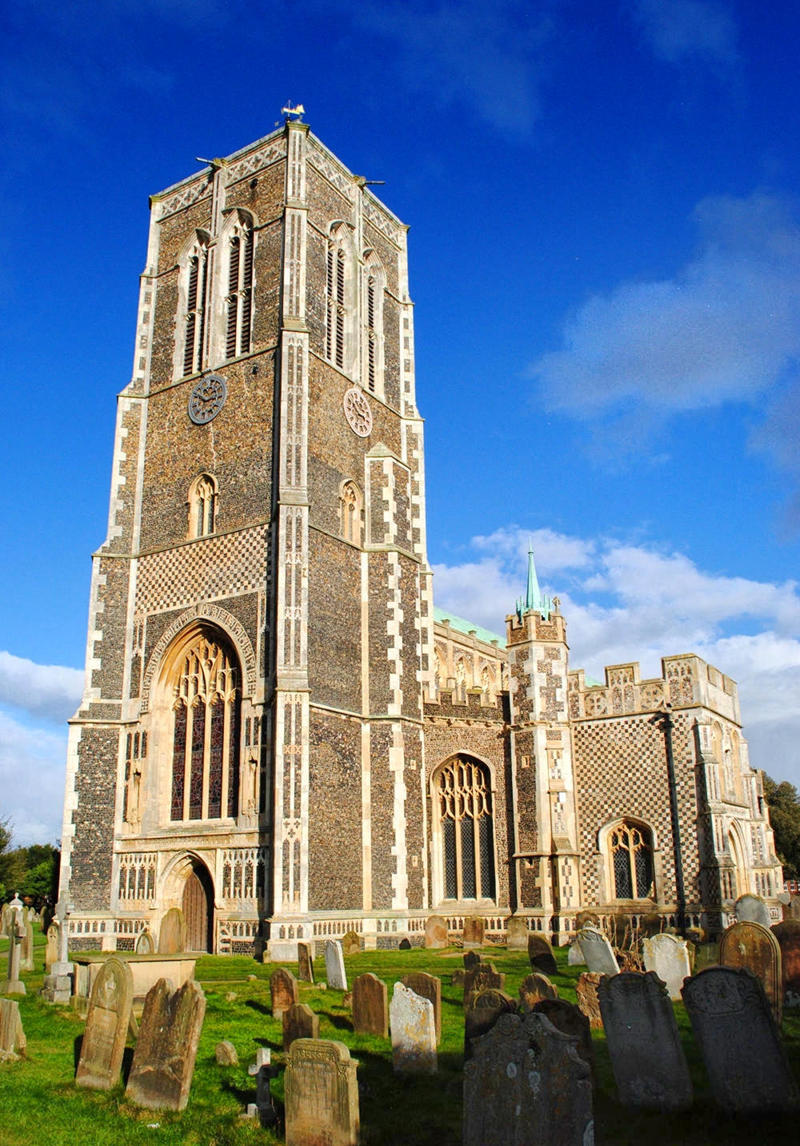
One of 38 existing round-tower churches in Suffolk, the 13-century St. Andrew’s Church in Bramfield has a separate 12th-century tower standing in the church grounds—the only example of its kind in the county.
Both the church and the tower are Grade I listed buildings.
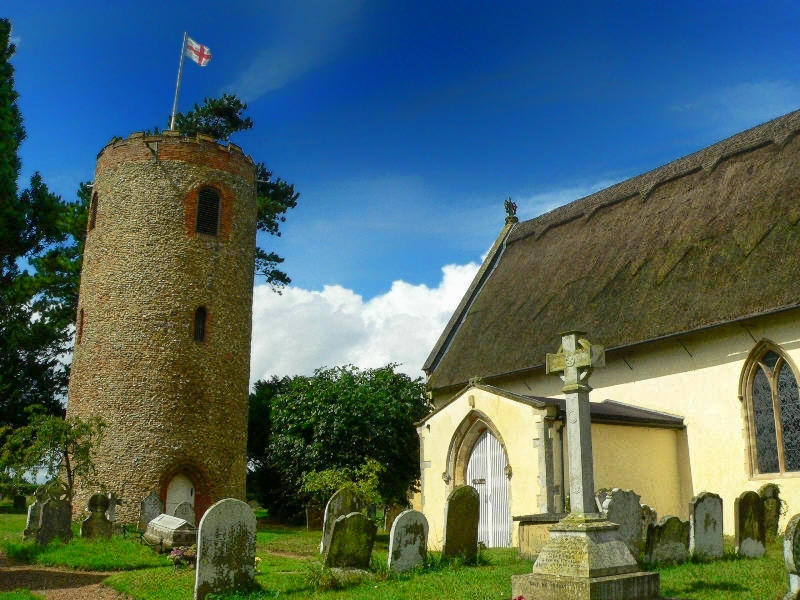
Sussex
Dating from the 12th century and made from Sussex Marble, the font is the oldest part of the Holy Trinity Church, Rudgwick.
With a 13th-century tower, and most of the remaining structure dating from the 14th and 15th centuries, the church is designated Grade I in historical importance.
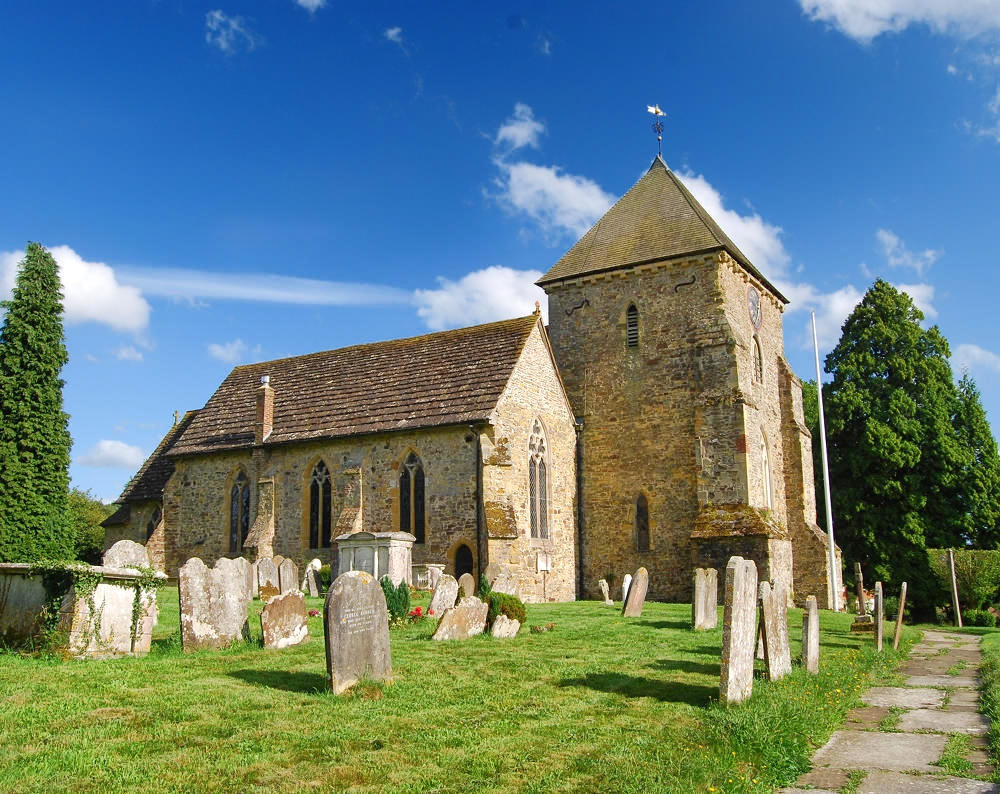
Built in the 1370s, the GradeI-listed St Andrew’s parish church in Alfriston is known as the “Cathedral of the Downs”.
Thought to be the site of a pre-Christian place of worship, the church sits on a small, flint-walled mound in the middle of the village green.

Surrey
Built during Anglo-Saxon and early Norman periods, records show that St Peter and St Paul’s Church in Godalming was a redevelopment of a prior Anglo-Saxon church.
Made from the local hard sandstone, the church has two integrated medieval chapels and is designated Grade I.

Dating back to the year 1250, All Saints’ parish church in Warlingham is built of flint rubble with stone dressings and is designated Grade II*.
Local vicars maintain that long-serving Archbishop Cranmer began experimenting with the first Book of Common Prayer at this church.
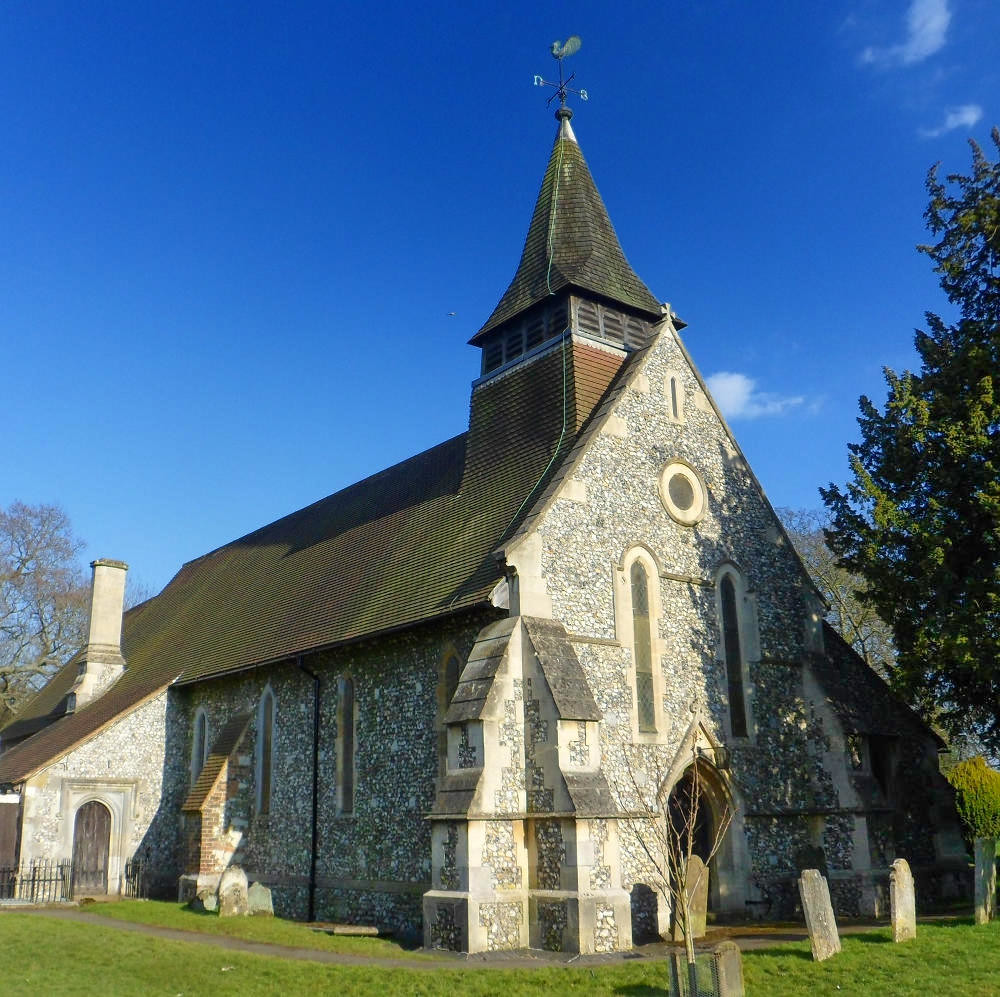
Warwickshire
Under the care of the Churches Conservation Trust as a Grade II* listed building, St John the Baptist church in Avon Dassett is a redundant church no longer used for regular worship.
Built in 1868 on the site of an earlier Norman church, the north wall of the chancel has a recess containing a 13th-century stone coffin with a lid.
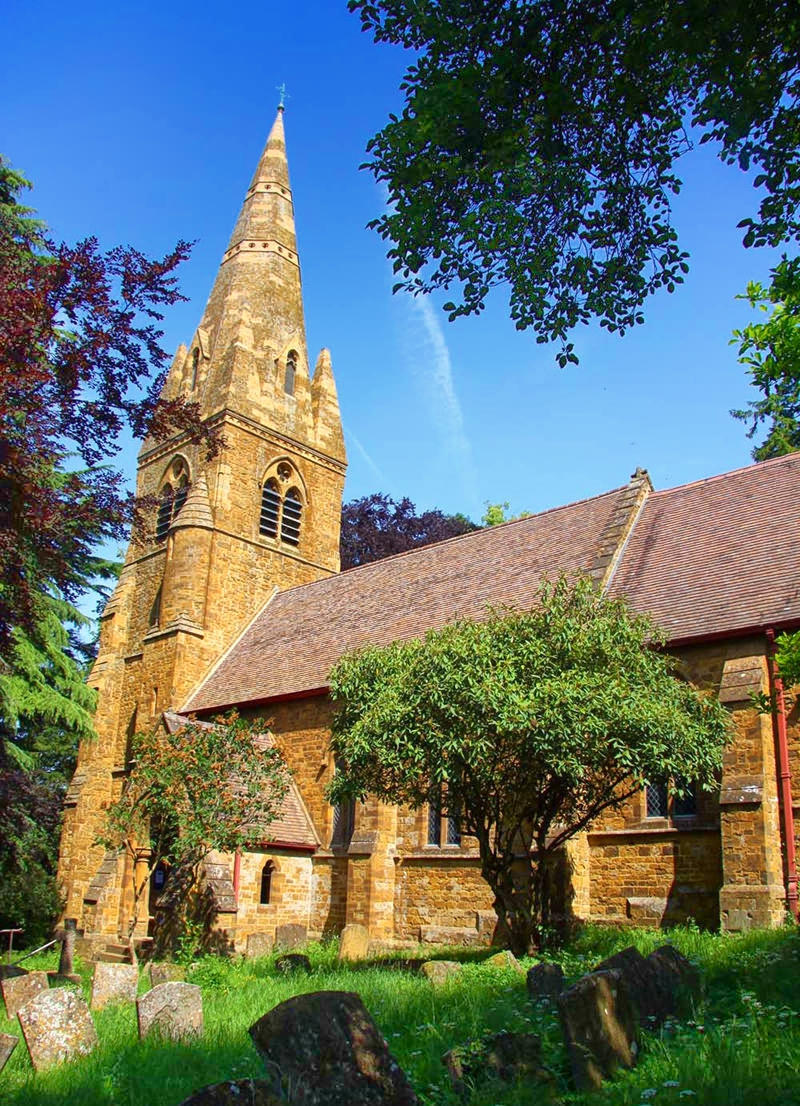
St Leonard’s Church in Spernall is another example of a redundant church no longer used for service but of architectural and historical significance.
Under the care of a registered charity called “Friends of Friendless Churches” as a Grade II* listed building, much of the structure dates from the 12th century, although work continued until 1844.

Wiltshire
Standing close to “Old Sarnum”, the earliest settlement of Salisbury, St Lawrence’s church in Stratford-sub-Castle is a Grade I listed building thought to have used much of the stone from abandoned buildings at the settlement during the 13th century.
Restored in various stages during the 20th century, the church was said to have been consecrated in 1326.

Dedicated to a Norman saint, the Church of St Cyriac in Lacock is a 14th-century building designated Grade I and having Norman origins.
Prospering as an important market town on the Bath, Somerset sheep-droving route to London, substantial local tax revenues enabled the more extensive 15th-century rebuild that we see today.

Worcestershire
Built in the 13th-century, the parish Church of St. John the Baptist reveals a close connection of the Sandys family who owned the manor at Wickhamford village with the American colonists.
Penelope Washington, whose mother married Sir Samuel Sandys and moved to the Manor House, is buried in the church and was a distant relative of George Washington, the first President of the United States of America.

St Peter’s Church in the village of Pirton, Worcestershire is a Grade I listed building thanks largely to its timber-framed tower—the only example in Worcestershire of a tower with aisles.

Yorkshire
Corner pinnacle and gargoyles decorate the tower of All Saints’ parish church in Kirk Deighton, and an octagonal spire rises 100 ft.
Dating from the 11th century and mentioned in the Domesday book—the manuscript record of King William the Conqueror’s “Great Survey”—the church underwent restoration in 1849 and is a Grade I listed building.

Built in the 13th and 14th centuries and restored in 1843 and again in 1913, All Saints’ Church in the village of Roos is designated Grade I.









